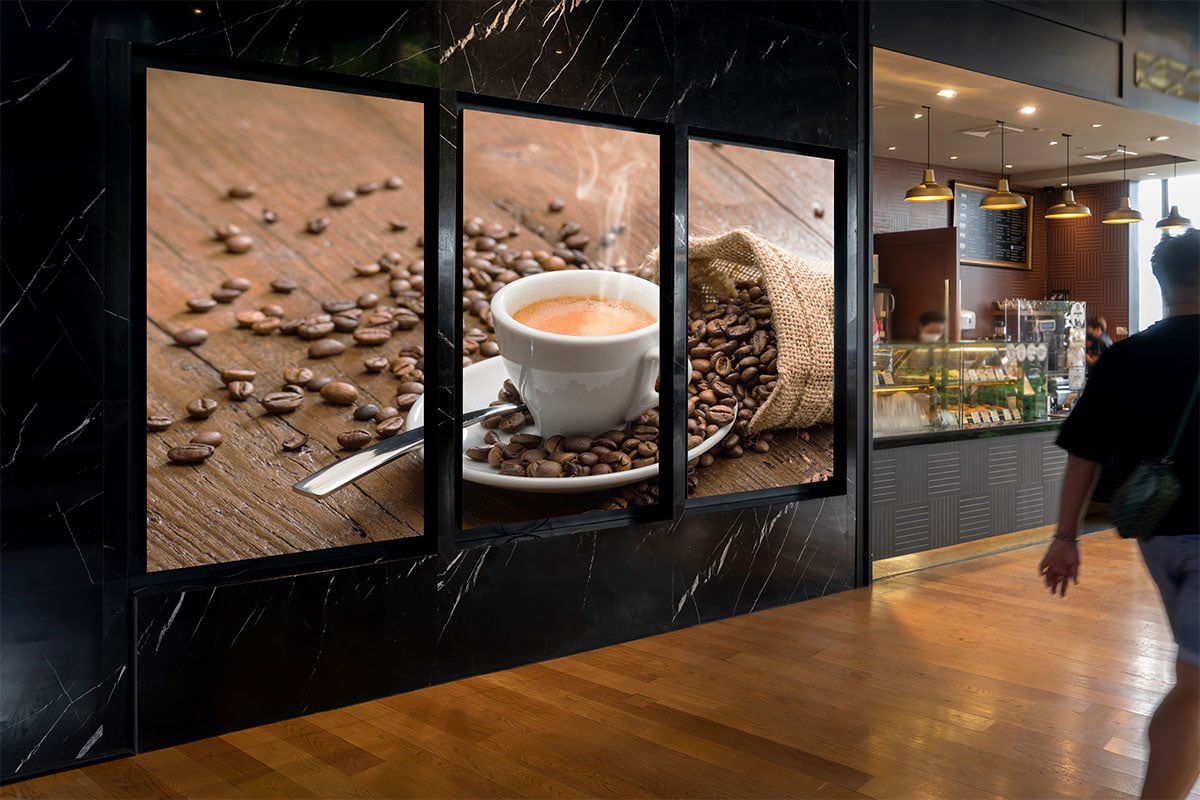
Classic display technologies, like CRTs, have been present for many decades. They were commonly used in televisions and computer monitors. However, CRTs have a limited duration, typically lasting around 10,000 to 20,000 hrs of use. This means that after a few of years, consumers may observe a decline in picture clarity, such as dimming or color deformation. In comparison, LED wall screens can last considerably longer, often exceeding 50,000 hours. This prolonged duration means that users can enjoy reliable performance without the need for regular substitutions.
Another important factor to take into account is power efficiency. LED wall screens consume less power than conventional displays, which not only benefits the ecosystem but also lowers power expenses. For example, while a CRT monitor may consume approximately 100 watts of power, an LED screen can consume as little as 30 to 50 watts. This discrepancy in power consumption adds to the total durability of LED technology, as lower energy consumption generates less heat. Excessive heat can harm electronic components, resulting to a shorter lifespan for traditional screens.
In furthermore to their longer lifespan and energy conservation, LED panel screens also offer superior visual clarity. They offer more vivid hues and improved differentiation, making them ideal for various applications, from marketing to learning displays. The technology behind LED panels enables for a broader sight angle, meaning that visuals stay sharp and vibrant even when viewed from the side. This is a major benefit over conventional displays, which often suffer from hue deformation and diminished brightness at broader angles.
In conclusion, the longevity of LED wall screens in contrast to conventional display technologies is a crucial aspect for buyers to consider. With lifespans that can exceed 50,000 hours, power conservation, and enhanced visual quality, LED technology offers many benefits. As technology continues to advance, LED wall screens are likely to become even more prevalent in multiple environments. Grasping these distinctions can assist individuals and organizations make better choices when investing in screen innovation, ensuring they receive the additional info best worth for their requirements.